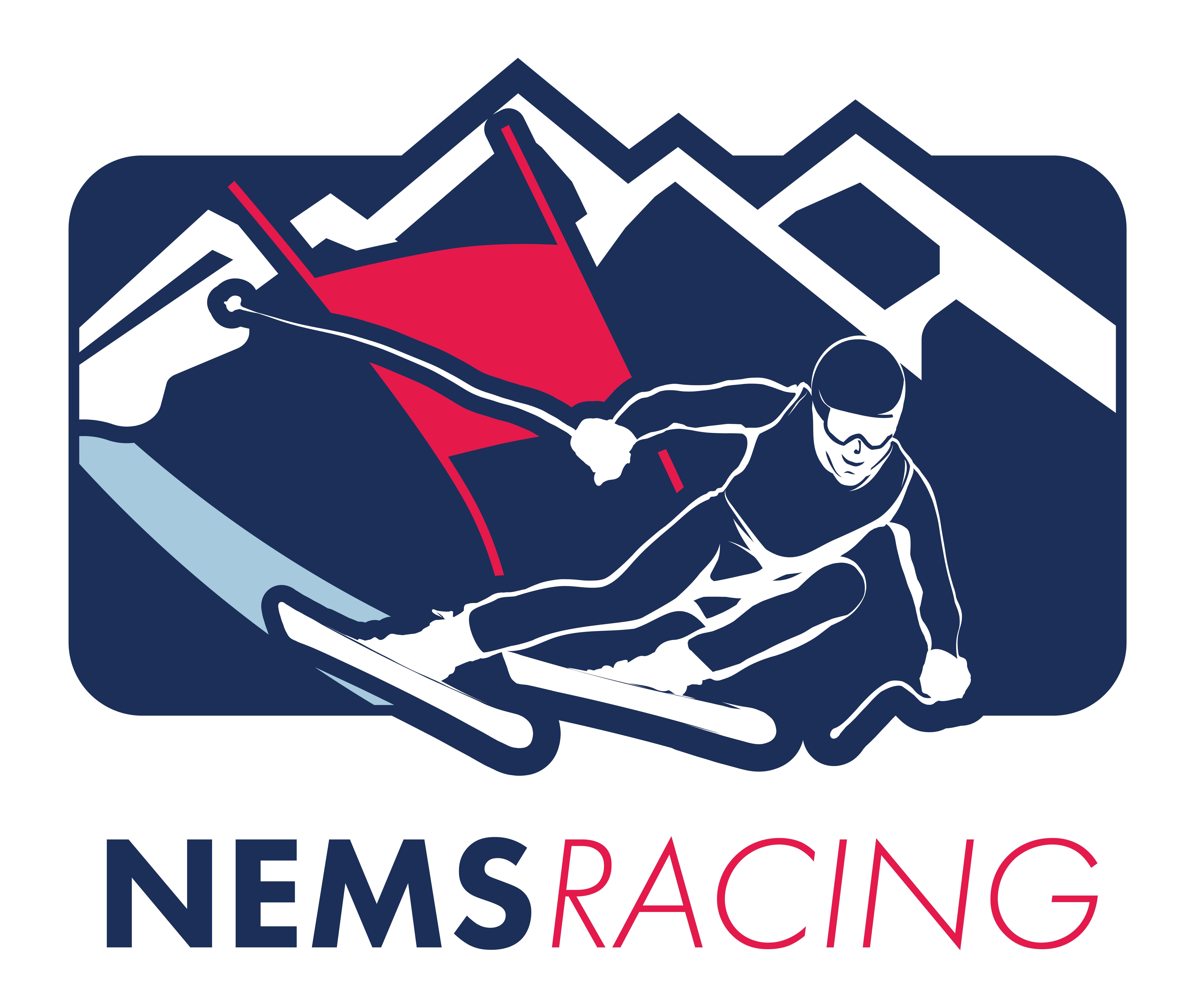Swap Sale Events – Excellent Opportunity!
This weekend across New England scores of mountains are hosting their annual swap sales. These events typically have lots of gear and are a perfect opportunity to pick up some quality race gear at a steep discount - if you know what to look for. It can also be a bit overwhelming. To help you navigate Swap Sale Season, we put together some tips to help you find what you need.
Swap Sale Tips:
- Visit a mountain that focused on racing (Juniors, Night League, Masters)
- Go early
- Know what equipment you need
- Know your sizes (skis, boots, helmet, speed suit, etc.)
- Bring your ski boot
- Check items for wear and tear
- Ask questions
- Don’t let a lack of options drive a purchase
How to buy skis at a swap sale:
The most frequent question we receive from prospective racers, or racers looking to try a new discipline, is “what skis should I get?”. Well, it depends. Many of us have been in this exact spot so here is some advice.
Race Type:
Make sure the ski is the appropriate ski for what you are trying to do. Matching the ski type to the discipline will likely improve your odds of at least enjoying the race. Getting an All Mountain ski to use in a Giant Slalom race will not give you the same result. Get a Giant Slalom ski for Giant Slalom racing.
Size Matters:
Know what size ski you will need, and more importantly, what size boot you wear. You want a ski that is an appropriate length and radius for the discipline you will be using them for and your racing ability. Most Slalom skis are straight forward, but as you move into the speed disciplines, the length and radius can vary and will have a significant impact on the performance of the ski in a racecourse.
How “Used” Are You?:
Any used ski will have some scratches and other visible wear and tear. Scratches on the top of the ski are ok, but cracks or chunks should be a red flag.
The bases should not have any significant damage (i.e. chunks missing, cracks, or noticeable separation from the edges. Some scratches are ok, and easy enough to fix, but beware of deep gashes.
For the edges, make sure to look for rust, cracks, or other visible damage. Some minor rust spots can happen and can usually be fixed, but if a large section of the edge is rusted you should move on. You should also look at how much edge is left. Race skis tend to be tuned with more frequency than regular skis, and therefore the edge will become thinner over time. Compare the ski edge to other skis, or even a new pair if you can find one. If the edges look thin it might not be worth the risk. If it looks like there is a good amount of edge remaining then you should be in good shape.
Check Out the Bindings:
Most race skis at a swap are used and likely have a binding attached. That’s ok but you should be careful. First, try to find a binding that fits your boot. Being off by a little is usually ok, but a significant size mismatch could mean the binding will need to be re-mounted. If the boot does not fit the binding, see if the mountain has a technician who provide insight into what will need to be done.
Lastly, check the binding for damage. The binding holds the racer (i.e. you) to the ski. It also plays a key role in your ability to pressure and turn the ski in a race. Bottom line, it’s a big deal! Make sure the binding breaks work and are not bent or damaged. Check for structural damage beyond a typical scratch from causal use. Make sure the din setting can support your body weight. Adults should not use a junior race binding.
Getting Your Skis Race Ready:
If you are able to find a pair of skis that work for you – congratulations! Your next step should be to get your new skis race ready. Even new skis need work, so a pair of used skis will almost certainly need a little TLC. To bring you ski back to race form, swing by SkiMD in Natick, MA. Many NEMS racers bring their skis to SkiMD because Mike is the best at what he does. One tune from Mike will have you ready to go. It will be like having a new pair of race skis at a fraction of the cost.
Helmets:
It is usually recommend that racers buy new vs. used when it comes to a helmet, however, there are occasionally some great finds to be had a swaps. So, if you are looking to pick up a race helmet, make sure it fits properly, is hard-sided, AND has the FIS logo on the back. The FIS approved helmet is now required for all Masters USSS sanctioned speed events. No exceptions.
